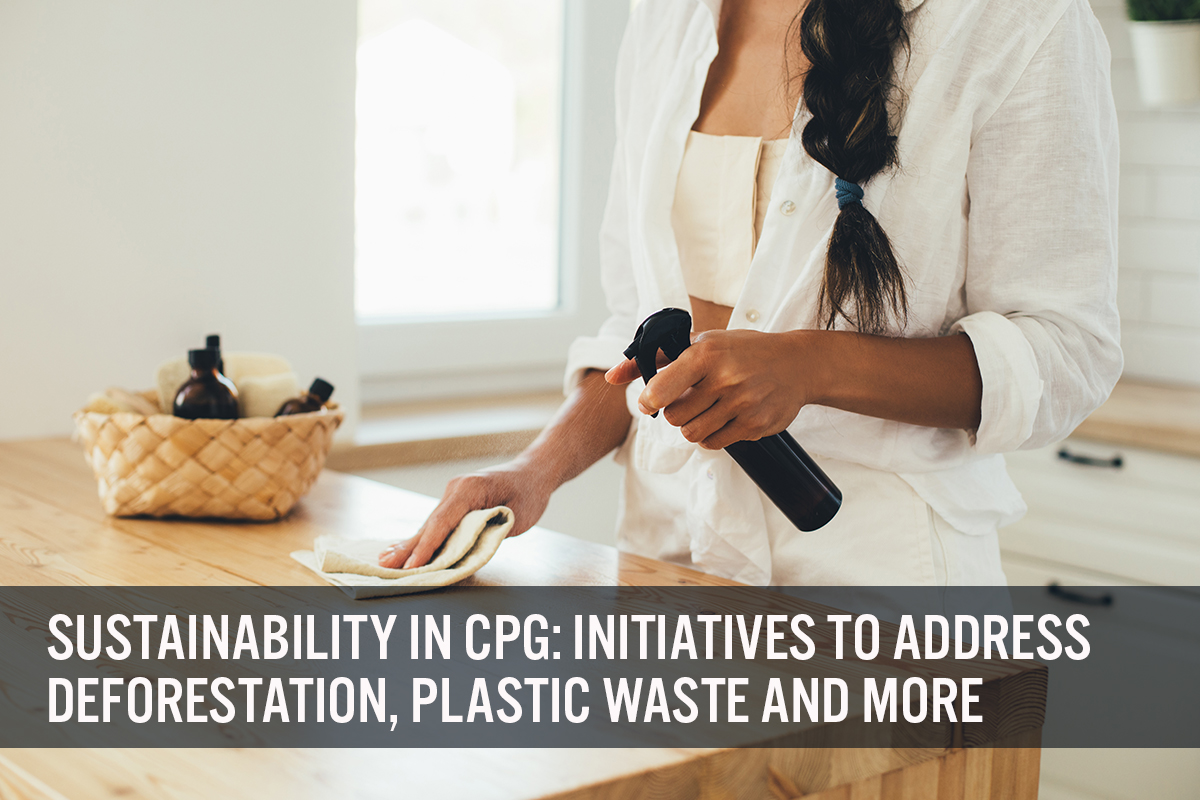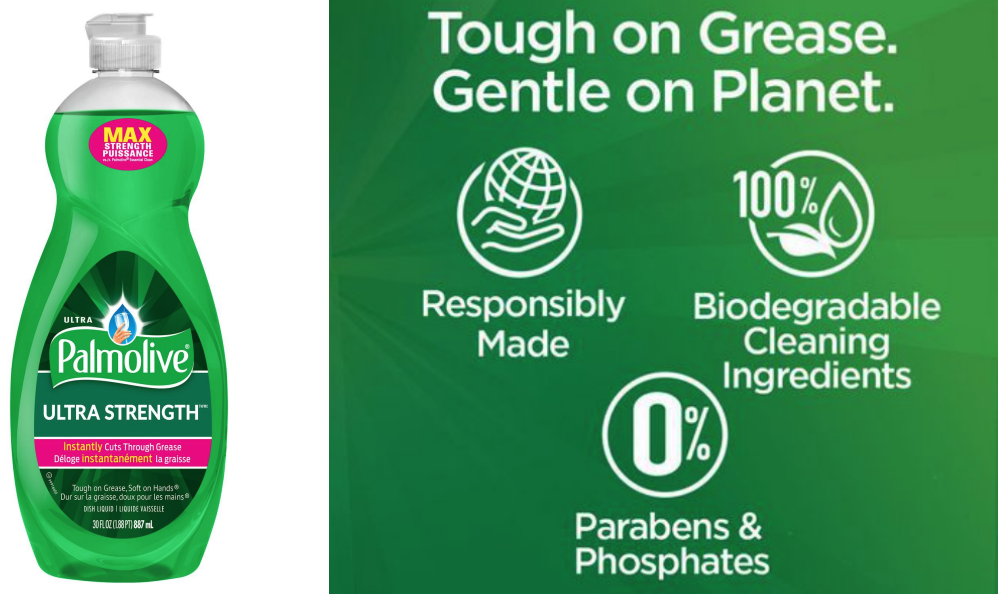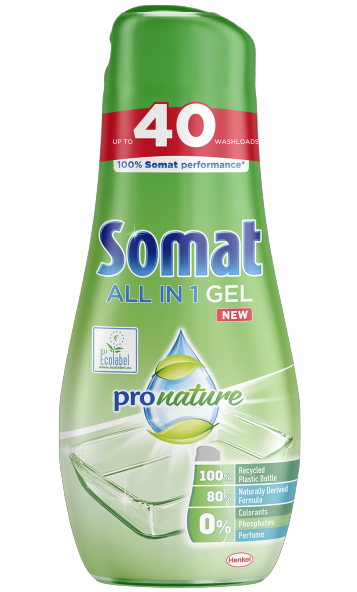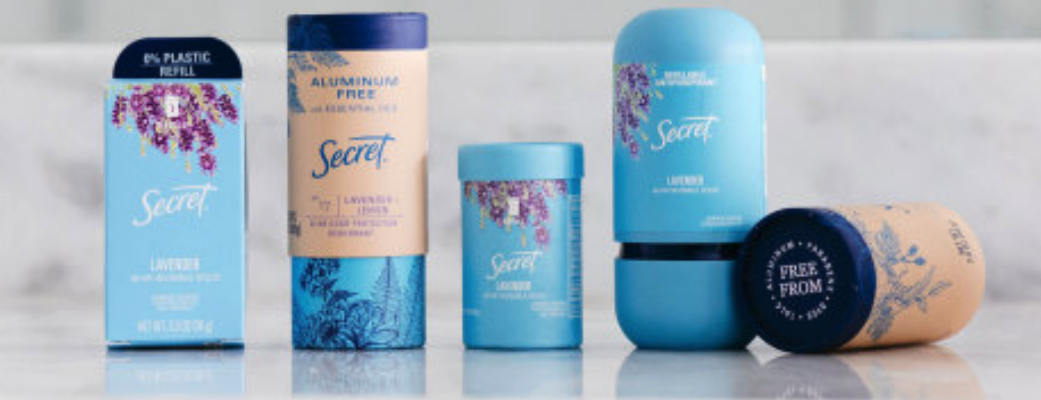
Nitheesh NH
Introduction
What’s the Story? Sustainable products are driving growth in the CPG (consumer packaged goods) sector, prompting the top 25 CPG companies (according to the Consumer Brands Association) to invest in eco-friendly innovations. We discuss three key strategies being employed by major nonfood CPG companies globally to achieve their long-term sustainability and related waste-management goals. Why It Matters Sustainably marketed products delivered 54.7% of CPG market growth between 2015 and 2019, despite representing only 16.1% of the CPG market (by revenue), according to the 2021 Sustainable Market Share Index published by the NYU Stern Center for Sustainable Business. Given the demand-driven push toward sustainable goods, nonfood CPG companies remain focused on achieving key environmental goals. Among all industries, CPG is ranked third in its ability to “demonstrate actionable commitment to becoming more environmentally friendly,” which 69% of consumers believe in, according to a 2021 study by GreenPrint. Coresight Research believes that sustainability will remain one of the foremost multiyear trends to watch in retail.- Read more Coresight Research coverage of sustainability in retail.
Sustainability in CPG: Coresight Research Analysis
In Figure 1, we list the 25 largest CPG companies (food and nonfood) as of 2020 (latest available), as identified by the Consumer Brands Association. Many of these companies have committed to achieving long-term goals of reducing or reaching net-zero carbon emissions and using sustainable materials. We explore three key trends across these initiatives in the following sections, with examples of selected goals and new products and partnerships by major nonfood CPG players.- To learn more about the goals of each of the nonfood CPG companies below, please refer to the appendix at the end of this report.
Figure 1: 25 Largest CPG Companies in 2020 [wpdatatable id=1707]
Source: Consumer Brands Association
1. More Sustainable Ingredients: Biodegradables and Wood Alternatives Deforestation and waste management are top environmental concerns among consumers globally, cited by 26% and 32% of survey respondents as the most important environmental issues faced worldwide in a 2020 report by IPOS. It is not lost on major nonfood CPG companies that wood and plastic materials are commonly used in their products, which is why many are experimenting with fast-growing alternative plant materials and biodegradable materials.- Colgate-Palmolive, a household products and toiletries producer, announced the relaunch of its hero product, Palmolive Ultra Strength Dish Liquid, in March 2021. The soap is made from 100% biodegradable cleaning ingredients. Palmolive’s shift to renewable materials is significant for the North American dish-soap industry, as it is the largest brand in the region to do so, according to the company’s 2020 sales data.
 Source: Walmart[/caption]
Source: Walmart[/caption]
- In 2021, personal care and paper products producer Kimberly-Clark launched its first 100% Forest Stewardship Council (FSC)-certified bamboo product, Kleenex Eco Toilet Paper. The product is a step toward the company’s goal to reduce its natural forest footprint by 50% by 2025 and may suggest a greater future reliance on bamboo, the fastest growing plant in the world.
 Source: Kleenex[/caption]
Source: Kleenex[/caption]
- Newell, an owner of several well-known kitchenware, outdoor goods, stationery and children’s goods brands, is investing in biodegradable materials in insect repellent. The company uses 100% biodegradable plant-based fatty acids as the main active ingredient in the repellent, along with other non-toxic or natural ingredients that are grown in echo-certified sustainable plantations. This ensures that farmed materials are grown in a way that does not deplete natural resources.
- L’Oréal aims to terminate the use of petroleum derivatives in its formulas in the next few years and to derive 95% of its ingredients from renewable plant sources and abundant minerals by 2030. Currently, 80% of the company’s raw materials are biodegradable and 59% are renewable.
- Procter & Gamble is partnering with Twelve, a carbon transformation company, to create Tide laundry detergent ingredients made from carbon dioxide. Through this innovation, the CPG company can lower its petrochemical usage and carbon footprint to help meet its Net Zero 2040 goal of zero carbon emissions by 2040.
- Unilever has partnered with carbon recycling company LanzaTech to capture carbon waste from factories and transform it into a cleaning ingredient (surfactant) for a new detergent product. This process cuts greenhouse gases by 82% compared to other methods of transforming carbon waste into ethanol (an ingredient used to make surfactants), according to the companies.
- Henkel, owner of a number of laundry and home care, beauty and advanced technology brands, has released its new product, the Somat All-in-1 Gel, as part of its sustainable Pro Nature product range. The bottle is made of 100% recycled polyethylene (rPE) and is one step toward the company’s goal to reduce its use of virgin plastics in product packaging by 50% by 2025 through greater use of recycled plastics and bio-based plastics.
 Source: Henkel[/caption]
Source: Henkel[/caption]
- Kimberly-Clark is working with biotech RWDC industries to produce biodegradable polyhydroxyalkanoates (PHAs) to replace single-use plastics over the next five years. Solon, the biodegradable product made from plant-based oils, is completely degradable in a matter of weeks and produces no toxic waste residue.
- L’Oréal has partnered with Biotherm to produce the first cosmetics bottle made from entirely recycled plastic using biochemistry company Carbios’ enzymatic technology. It aims to put these bottles into production in 2025. Carbios’ technology has the potential to make plastics infinitely recyclable, which would greatly aid CPG companies’ sustainability initiatives.
- Procter & Gamble rolled out new antiperspirant cases for its deodorant brands Old Spice and Secret, eliminating single-use plastics, in February 2021. The deodorant tubes are made from FSC-certified paperboard, which is highly recyclable and widely collected in the US. The paperboard is made from 90% recycled paper and can decompose in a few months even if it is not recycled.
 Source: Procter & Gamble[/caption]
Source: Procter & Gamble[/caption]
- Unilever is committed to ensuring all of its plastic packaging is reusable, recyclable or compostable and is working to implement recyclable toothpaste tubes across its global toothpaste portfolio by 2025, starting with its oral-care brand Signal. These new tubes will use the thinnest plastic material produced from recycled plastic, which can be recycled again unlike traditional mixed plastic and aluminum toothpaste tubes.
What We Think
We expect that the development of sustainable goods will continue to be a strong growth vertical for the CPG sector and lead to an array of new eco-friendly products and waste-management methods. We anticipate that these new innovations will raise the bar for sustainable products as they become more mainstream and help CPG companies reach their net zero carbon-emissions goals. We encourage brands and retailers in the nonfood CPG space to consider partnering with biotech or biochemistry industries to create more sustainable products or plastic alternatives and to partner with suppliers with high eco-friendly standards.- Brands and retailers can look to Coresight Research’s EnCORE framework to internalize a sustainability strategy.
Appendix
Sustainability Goals Timeline2023
Unilever: Deforestation-Free Supply Chain by 2023- Zero deforestation by working with suppliers, farmers, and increasing sourcing transparency.
2025
Colgate-Palmolive: 2025 Sustainability & Social Impact Strategy- Use at least 25% recycled plastic in packaging and make all packaging recyclable, reusable or compostable
- Reduce use of new plastic by one-third
- Carbon neutral by 2040
- Reduce manufacturing energy intensity by 25% by 2025, compared to 2010 levels
- Reach 100% renewable electricity for global operations by 2030
- Reduce waste to landfill by 90%
- Reduce GHG emissions by 30%
- Reduce energy use by 25%
- Have 90% of transporters SmartWay certified
- Supports the 2030 Agenda for Sustainable Development (supporting 11 of 17 Sustainable Development Goals)
- 100% renewably sourced electricity by 2025
- Carbon neutrality across all operations by 2025
- Reduce upstream value chain emissions by 20%, from 2016 levels
- Reduce fossil-based virgin plastic by 50%
- 100% recyclable or reusable packaging material
2030
Procter & Gamble: Ambition 2030- Reduce emissions across operations by 50%
- Reduce emissions across supply chain by 40%
- Reach carbon neutrality by 2025
- Reach 100% recycled plastics by 2030
- Reduce GHG emissions by 50% per finished product by 2030, compared to 2016 levels
- Reduce carbon dioxide emissions by 65% per ton of product by 2025
- Reduce carbon dioxide emissions by 75% and source 100% electricity from renewable sources by 2030
- Reduce plastics footprint by 50%
- Reduce natural forest fiber footprint by 50%, by 2025
- Reduce absolute operational GHG emissions by 50% compared to 2015 levels
- Obtain 50% net revenue from sustainable products
- Reduce product carbon footprint by 50%
- Reduce chemical footprint by 65%
- Reduce virgin plastic in packaging by 50%
- Achieve carbon neutrality by 2040
- Reduce operations GHG emissions by 65%
- 100% renewable electricity by 2030
2039
Unilever: Net Zero Emissions by 2039- Zero emissions in operations, manufacturing, logistics and distribution by 2039
- Halve GHG impacts of products across their lifecycle by 2030
- Eliminate fossil fuels from cleaning products by 2030
2040
Procter & Gamble: Net Zero by 2040- Achieve net zero carbon emissions
- Achieve net zero carbon emissions
2045
Johnson & Johnson: Race to Zero/Business Ambition for 1.5- Achieve net zero carbon emissions
2050
Reckitt Benckiser: Vision 2050- Achieve net zero carbon emissions
Source: Company reports